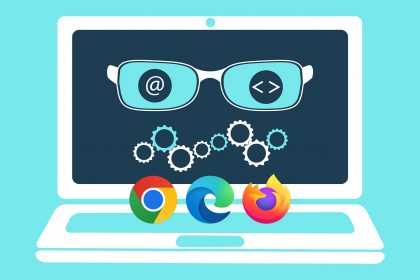Fitness apps and wearable technology are good in themselves. They can help monitor your diet, give free health and fitness tips, and keep you motivated Healthwise and other beneficial ways.
But despite the help you can get to improve your health from these accessories, most are not doing enough to protect your privacy. They can divulge personal information like your real-time location and home address. The case study involving Strava is an example where a jogger’s home address in real-time is being monitored.
How do fitness apps invade their users’ privacy? How can you ensure that your privacy remains intact while sticking to your regular fitness and health routine? This article will address just that. Keep reading.
Basics to understanding fitness apps and wearables
In this context, fitness, nutrition or wellness apps are mobile apps that support exercise and diet programs, health and mental coaches, sleep and relaxation aids, pregnancy trackers, personal health (diseases or chronic conditions) managers, and many others. Some of these apps are designed to interact and provide informational health-related materials to their consumers.
Like fitness apps, wearables refer to devices such as smart watches, which can be worn throughout the day or for the individual’s intended period. Some devices can be worn as an accessory, and some are embedded in the user’s clothing. At the same time, some can even be implanted in the user’s body.
It is good to mention that most fitness apps are in sync with wearables
Things fitness apps know about you

Most fitness apps have a wearable device that syncs with your smartphone. These devices capture too much information, including sensitive ones like your weight, the distance you cover, your heart or lung function, your heart rate, your menstrual cycle, where you travel to and when, and when you are awake or sleeping.
Because most health trackers are mobile applications that need to be installed on your phone, they often rely on the health information you filled out on the forms for data collection. Data collection varies from one app to another, depending on what the app targets. Some of the questions could range from usual questions based on your health status to more sensitive ones you may not wish to disclose to anyone.
Some privacy concerns on how fitness trackers use personal data
A data breach is possible
Cybersecurity is a major concern to every data-retaining organization, and health apps are not excluded. They are also vulnerable to cyber-attacks — a famous example being that of 2021 Apple users’ Fitbit app and wearables that resulted in 61 million users’ fitness records being exposed.
Some of the vital information uncovered include detailed exercise and fitness data. This includes training hours, steps walked, jogging and cycling history based on GPS location and duration, gym workout sessions, sleep patterns, etc.
Suppose malicious actors are able to hack into the database of fitness apps. In that case, they could sell the information they have at their disposal or may use it to claim a ransom over it. A typical example is the 2018 MyFitnessPal app that got hacked. Some of the stolen credentials were sold on dark web one year later.
Privacy policies are often vague and misleading
The privacy policy may vary from one app to the other. Some are more transparent with what they intend to use your data for. For example, a privacy policy states: We may share your information with our sponsors and/or business partners”?
Even if you consent, the company may be sold. An amendment to the privacy policy could occur, meaning that your data can be used for things you may not want. Some apps may not disclose how your data will be used. To outsmart legal implications, they may hide the privacy policy in a separate document or bury it deep within the document to confuse legalese.
Data can go public by default
Some fitness app trackers have a social network site where users may decide to share their personal information with the public. By default, some apps may have set your profile to public, making it possible for everyone to see your profile in search results.
How to protect your privacy
Take the following precautionary steps to secure your personal data on health tracking apps and wearables.
- Read to understand the privacy policy The first step to protecting your privacy is to read the privacy policy accompanying the fitness app of your choice. As you read, try to make sense of what data the company intends to access and how they intend to use it. It could be best to avoid apps with vague or shady privacy policies.
- Restrict the amount of data your app wants to collect Many apps may wish to collect more data than necessary. You can significantly limit your risk of exposure by limiting the amount of data you enter into the app and adjusting the app’s privacy settings.
- Ask for help Suppose you find it hard to understand a section of the app on how your data will be used; feel free to send an email to their support for clarification.
- Keeps apps updated When you keep your fitness app updated, you can have the latest security features and bug fixes downloaded to your devices.
- Ultimately protect your data with a VPN A virtual private network will give you the all-around protection you need to remain anonymous. To think of a VPN as an affordable and easy-to-install software makes it a no-brainer.
VPNIFY is one such VPN provider that seriously takes its customers’ privacy. With a single tap, your data will be rerouted through an encrypted tunnel between your device and VPNIFY’s servers, making it impossible for anyone to read your online data.











